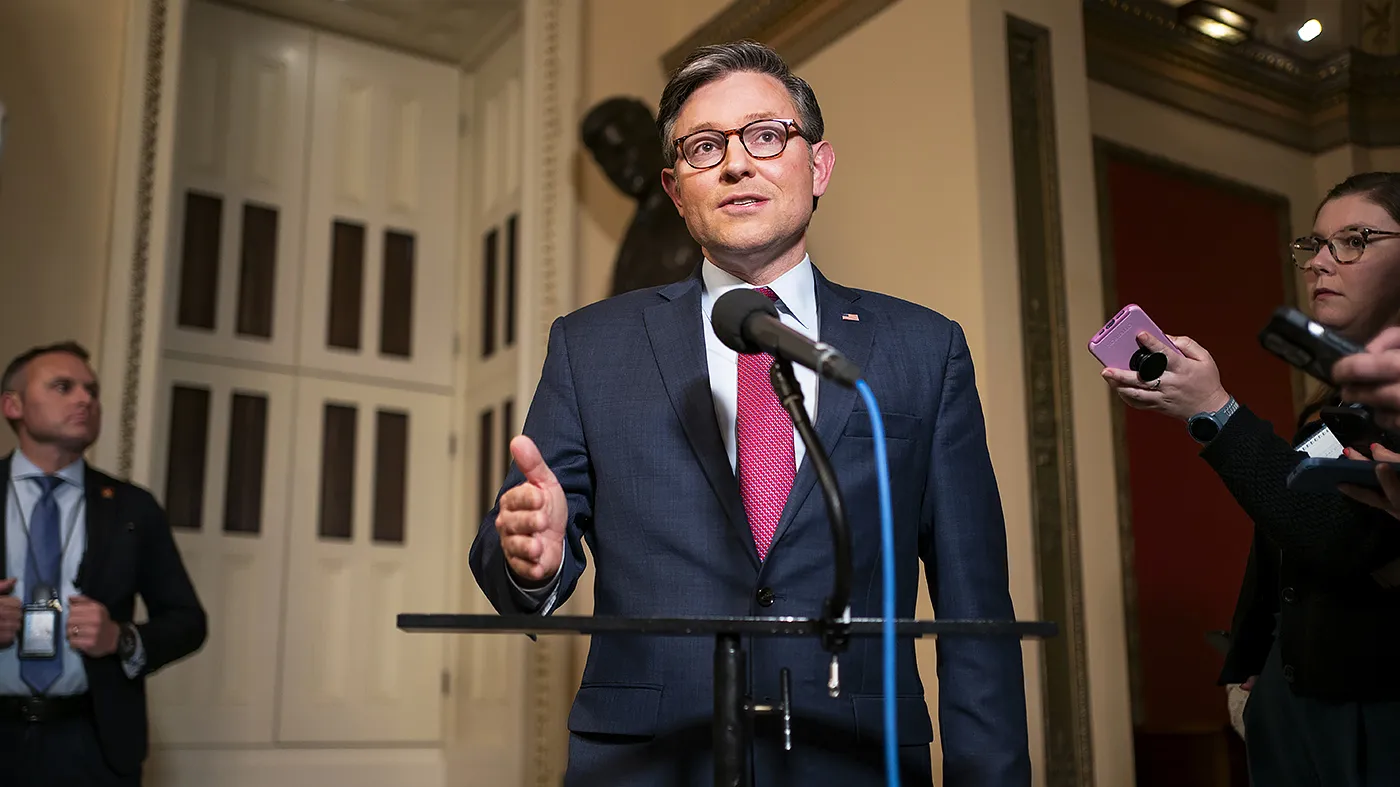Government Shutdown Averted: Speaker Johnson's Plan B Explained

Government Shutdown Averted: Insight into Johnson's Plan B
House GOP leaders on Sunday unveiled a plan to keep the government funded for three months after Speaker Mike Johnson's (R-La.) initial strategy to prevent a shutdown faced opposition. The continuing resolution (CR), resulting from bipartisan negotiations, maintains funding until December 20, paving the way for upcoming fiscal discussions.
Key Components of the Plan
- Funding at current levels through Dec. 20.
- Excludes Trump's voting bill which requires proof of citizenship.
- Aim for regular rule processing with a crucial floor vote by Wednesday.
Johnson cautioned Republicans against the perils of a shutdown, emphasizing the potential political fallout, especially with national elections on the horizon. While he acknowledged the plan might not be ideal, it serves as the best option given the circumstances.
Implications Ahead
The CR faces partisan challenges, as Republicans must count on some Democrats' support for passage. Additionally, the plan comprises necessary provisions, countering pressure from hard-line conservatives for more substantial cuts and extended timelines.
Financial Considerations
Despite an exclusion of certain funds for FEMA and military expenditures, this short-term strategy is their latest attempt to avert a government shutdown, following earlier setbacks in negotiations. The bill’s unanimous approval will require bipartisan collaboration in this politically charged environment.
This article was prepared using information from open sources in accordance with the principles of Ethical Policy. The editorial team is not responsible for absolute accuracy, as it relies on data from the sources referenced.